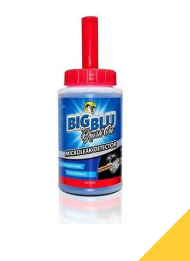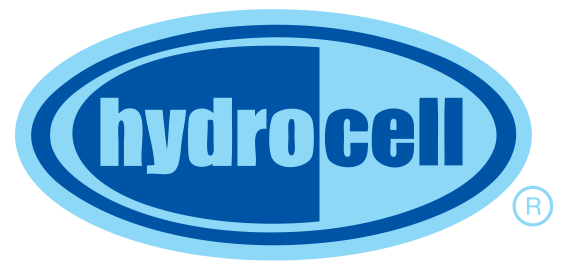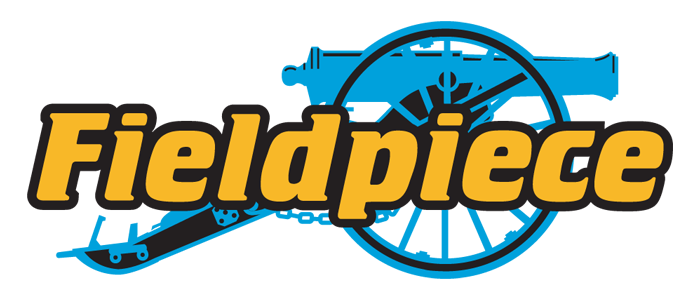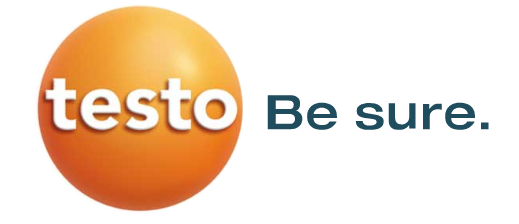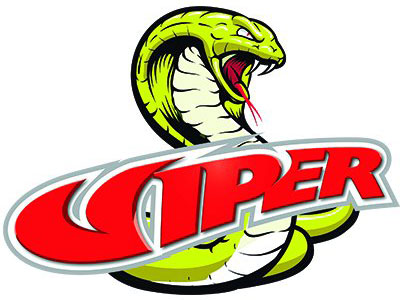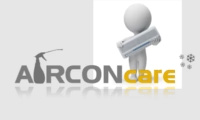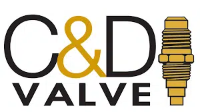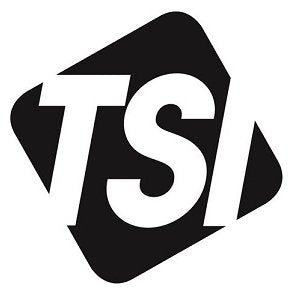Get a Fast Quote
🛠️ Need the Right HVAC Tool for the Job?
Whether you're quoting a bulk order or chasing hard-to-find tools, we’re here to help.
Get a fast, personalised quote—no pressure, no spam!
Fill out the form below and we’ll get back to you ASAP.
📩 Request a Quote
Description
Built for tradies: VIPER Big Blu Brush On is a pro-grade spot leak detector for HVAC/R. The film forms tight bubbles so you can see tiny leaks on flares, braze joints and valves — even where a spray can’t reach. Comes with a 10" telescopic dauber to get into awkward spots — too easy. Features drawn from the live HVAC Shop listing.
Key Features & Trade Benefits
- Brush-on applicator with 10" telescopic dauber — reach packed cabinets and ceiling cavities without juggling extra tools; quicker checks, fewer hassles.
- Highly visible bubble action — micro-leaks show as tight bubbles/foam so you can pinpoint the fault and move on; fewer call-backs.
- Non-corrosive formulation — safe on metals, plastics and rubber; kinder to coils and seals on repeat use.
- Works on pressurised systems, all common gases (incl. O2) — one bottle covers mixed sites and jobs.
- Food-area friendly (NSF Big Blu formulation) — suitable around food handling when used as directed.
Why This Product Matters
Quick yarn: service call on a deli case drifting warm — tight space behind the kick panel. Spray wand wouldn’t reach a suspect flare, so we dabbed Big Blu Brush On with the telescopic dauber. A neat cluster of bubbles popped up straight away. Re-flare, torque, re-test and she was back on setpoint before smoko. That’s a fair dinkum time-saver.
Need more leak-finding gear? Check our Leak Detectors category for electronic sniffers to pair with your bubble testing.
Pro Tip
Lay a flat, bubble-free film and give fittings a minute or two. Tap the pipe or run the unit to introduce vibration — micro-leaks love to show themselves then. Wipe clean after testing. No dramas.
Compatibility & System Info
- Gases: Suitable for common HVAC/R refrigerants and oxygen service per Big Blu formulation guidance.
- Use cases: Refrigerant lines, flare nuts, compressor fittings, valves, coils, and gas lines; ideal for tight access and overhead work.
- Local note: In Sydney humidity or a hot Brisbane plant room, a brush-on beats overspray and keeps the film where you need it — bloody good on tidy installs.
What’s Included
- VIPER Big Blu Brush-On leak detector
- 10" telescopic dauber (integrated in cap)
- Usage directions on label
Specifications
| Item | Spec |
|---|---|
| Brand / Series | Refrigeration Technologies — Big Blu |
| Product | Big Blu Brush-On (spot leak detector) |
| Applicator | 10" telescopic dauber (integrated) |
| Compatibility | All common refrigerants & oxygen service (Big Blu formulation) |
| Material Safety | Non-corrosive to metals, plastics & rubber |
| Food-area use | NSF (Big Blu line) |
Specs and inclusions confirmed against HVAC Shop’s live product listing and Big Blu formulation guidance. Always follow SDS and site procedures.
Warranty & Returns
Backed by store support. See our Shipping & Returns policy for warranty and returns info.
FAQs
Is Brush-On better than spray for leak testing?
Use both. Brush-On excels in tight spaces and for targeted checks. Pair it with an electronic sniffer to speed up diagnostics and avoid repeat visits. For handheld sniffers, see Related Products below.
Is the formulation safe on aluminium coils and rubber seals?
Yes — Big Blu is non-corrosive to metals, plastics and rubber when used as directed.
Can I use it on oxygen lines?
Yes — the Big Blu formulation is oxygen-safe. Follow site safety procedures and rinse/wipe where appropriate.
Related Products
- Fieldpiece DR82 Infrared Leak Detector — a helpful partner to Brush-On for finding the source quickly.
- Testo 316-3 Leak Detector — handy for verification after bubble testing.
- Viper Big Blu SubZero 3.78 L — when you’re working in cold rooms or winter jobs, this is a ripper.
- Bradley NR1000 Nitrogen Regulator — makes pressure testing consistent before you soap joints.
Stay compliant with leak testing and handling — see AIRAH resources and the Australian Government guidance for RAC technicians.

